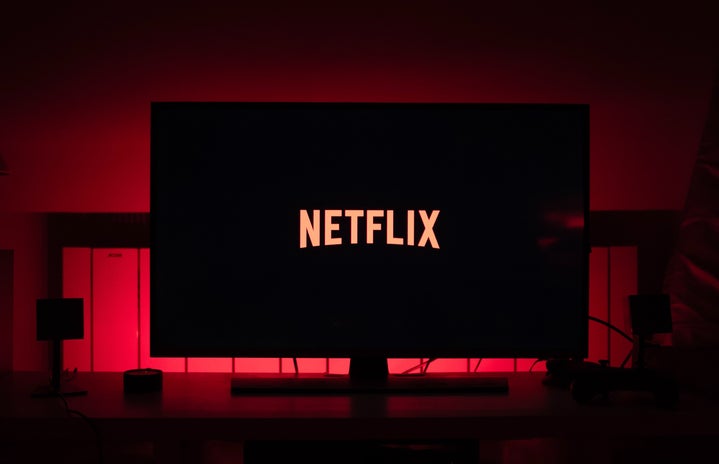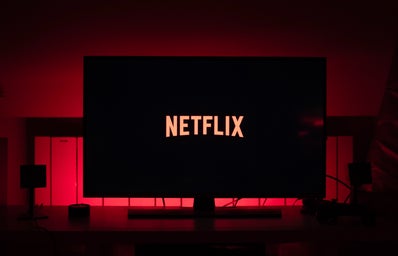**THIS ARTICLE CONTAINS SPOILERS**
If you haven’t been living under a rock, you probably know that Netflix recently released it’s “Original” series based on Jay Asher’s New York Times bestselling novel, Thirteen Reasons Why. In this story, Clay Jensen is given a box of thirteen tapes, left behind by his classmate, coworker, and crush, Hannah Baker. The catch? Hannah Baker committed suicide two weeks earlier. As Clay listens to the tapes, he finds out each tape is addressed to one of his classmates, and each tape contains a reason why she took her own life. Thirteen reasons why, to be specific. Through the tapes, Clay learns about Hannah’s life and the dark secrets his classmates are keeping.
If you read this book, it was probably quite a while ago. It’s been more than five years since I read this book, so if my memory fails me, bear with me. Still, here are some of the main differences I picked up on between the Netflix series and Asher’s book.
1. The time frame.
In the book, Clay speeds through the tapes in one night. In the Netflix original series, he takes days to get through them, stopping multiple times. At one point, he even gives up on the tapes entirely (before eventually getting them back and finishing all 13). In addition to the change in the length of time in which the story happens, it was also modernized from the ten year old story to include today’s large-scale reliance on social media.
2. The story is far more in depth.
Thanks to the extended amount of time, and all the wonderful things a camera can do that a book can’t, we got a much better look into the lives of the students and families at Liberty High School. While TV and movies often tend to cut details from the story, the Netflix adaptation actually includes more details about the characters than the book. The show portrays the lives of the students outside of their stories on the tapes, including Justin’s bad home life, Jessica’s struggles confronting her sexual assault, Alex’s difficulties fitting in, and the way the students unite to protect their secrets and reputations after listening to the tapes. Even Clay is more complex in the Netflix adaptation; he is prescribed medication for anxiety and mentions his nightmares. In the book, there was little indication of his state of mental health or anxiety.
3. The Baker family.
We see a lot more of everyone in the show than in the book, however Hannah’s parents are probably the most significant change in terms of character development. In the book, the Bakers play a relatively small role. However, in the Netflix adaptation, Hannah’s parents are suing the school for not doing more to prevent her death. In the Netflix original, we see not only the process of the lawsuit, but also insights into the Baker’s lives before and after Hannah’s death.
4. Clay’s involvement with the others as he listens to the tapes.
As mentioned previously, Clay quickly finishes the tapes in the book. In the show, as Clay listens, Tony continually follows him to check his progress, and the others on the tapes try to stop him from listening, afraid he’ll tell their secrets. He also confronts many others on the tapes throughout the show, trying to convince them to right their wrongs. He even confronts Bryce and manages to capture a confession of the rape of Hannah on a tape: number 14.
5. Alex attempts suicide.
The end of the series leaves us questioning whether Alex survives or succeeds in taking his own life. All we really know is he shot himself in the head and was in critical condition in an ambulance. The show revealed Alex’s difficulty coping with his role in Hannah’s suicide, the way he felt he didn’t fit in at home, and his disapproval of the others on the tapes who wouldn’t take responsibility for their actions. The more in-depth examination of his character in the Netflix series offers clues as to how his feelings played into his attempted suicide. Whether he survives or not, we don’t know, but it was certainly a dramatic twist away from the book.
6. Hannah’s suicide.
This is a pretty signifcant way to stray away from the book’s plotline. In the novel, Hannah takes her life by swallowing pills. In the show, she slits her wrists and bleeds out in the bathtub. Netflix does not shy away from showing Hannah’s suicide. Episode 13 includes a very graphic scene in which Hannah slits her wrists with a razor and slowly loses consciousness while the bathtub overflows with blood-stained water. While I suspect this scene was meant to depict the very harsh and scary reality of suicide, I think Netflix’s decision to make it so graphic was inappropriate. Anyone watching it would have just learned how to commit suicide. The material, although depicting a truth, was too graphic for potentially sensitive viewers. The show dramatizes, and in a way, glamorizes Hannah’s suicide, especially in comparison to her death in the novel. Suicide is equally as serious either way, however I believe the show dramatized it more than was necessary.
More thoughts:
The Netflix adaptation of Jay Asher’s Thirteen Reasons Why has its ups and downs. The show portrays the effects of bullying and the negative impact of social media. One of the things Netflix really got right was the anti-bullying message. This show also addresses very serious, dark issues, including rape, violence, and suicide. While these are issues that are important to recognize, it is necessary to separate the reality of these issues from their depiction on a camera.
In the end, I enjoyed the series, but will reccommend to anyone to watch at their own risk, and be prepared to ugly cry.
“No one knows for certain how much impact they have on the lives of other people. Oftentimes, we have no clue. Yet we push it just the same.” Jay Asher, Thirteen Reasons Why


